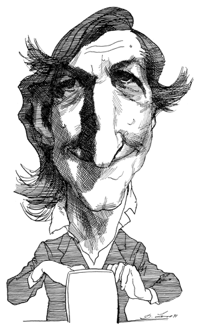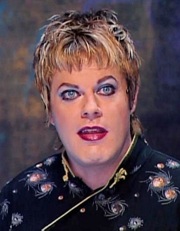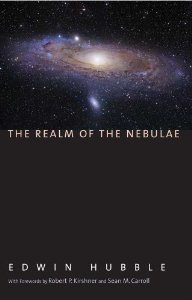Twenty-First Century Science Writers
I was very flattered to find myself on someone’s list of Top Ten 21st Century Science Non-Fiction Writers. (Unless they meant my evil twin. Grrr.)
However, as flattered as I am — and as much as I want to celebrate rather than stomp on someone’s enthusiasm for reading about science — the list is on the wrong track. One way of seeing this is that there are no women on the list at all. That would be one thing if it were a list of Top Ten 19th Century Physicists or something — back in the day, the barriers of sexism were (even) higher than they are now, and women were systematically excluded from endeavors such as science with a ruthless efficiency. And such barriers are still around. But in science writing, here in the 21st century, the ladies are totally taking over, and creating an all-dudes list of this form is pretty blatantly wrong.
I would love to propose a counter-list, but there’s something inherently subjective and unsatisfying about ranking people. So instead, I hereby offer this:
List of Ten or More Twenty-First Century Science Communicators of Various Forms Who Are Really Good, All of Whom Happen to be Women, Pulled Randomly From My Twitter Feed and Presented in No Particular Order.
- Mary Roach. You will never laugh so hard reading about science.
- Annalee Newitz. io9 is one of the best blogs out there.
- Laura Hellmuth. Makes the science happen at Slate.
- Maryn McKenna. Bugs! And, now, food.
- Gia Mora. Singing about science totally counts.
- Sabine Hossenfelder. Blogging counts, too.
- Amy Harmon. The impact of science and technology on life.
- Lisa Randall. One of the world’s best physicists and most popular physics writers.
- Marie-Claire Shanahan. Science, gender, music.
- Rose Eveleth. Science and storytelling do mix.
- Alexandra Witze. Physics. And volcanos!
- Natalie Angier. She wrote the book on Woman.
- Elise Andrew. She loves science … a lot.
- Heather Berlin. Sadly thinks free will is an illusion.
- Amanda Gefter. Secrets of the universe.
- Maggie Ryan Sandford. Science as culture.
- Janna Levin. With whom I used to do problem sets in quantum field theory.
- Virginia Hughes. Someone has to love the microglia.
- A.V. Flox. The science/sex connection.
- Scirens. Group entry! Science on the screen.
- Janet Stemwedel. The ethics of science.
- Ann Finkbeiner. The last word on nothing.
- Elizabeth Landau. From the Worldwide Leader in News.
- Natalie Wolchover. Covering the hard physics at Quanta.
- Deborah Blum. Poison! And the occasional Pulitzer.
- Ray Burks. Be nice to chemists, they know things.
- Maia Szalavitz. Neuroscience to empathy and back.
- Florence Williams. Last year’s LA Book Festival prizewinner.
- Maggie Koerth-Baker. Covering the universe at Boing Boing.
- Faye Flam. Anyone with a cat named Higgs is okay in my book.
- Patricia Churchland. Nobody does neuroscience+philosophy better.
- Cara Santa Maria. Talking nerdy.
- Erin Biba. Physics and more at Wired.
- Holly Tucker. Blood!
- Rebecca Skloot. A deserving bestseller.
- Maria Konnikova. Explains how to think like Sherlock.
- Emily Willingham. Separating the true from the rest.
- Lisa Grossman. Explaining the skies.
- Valerie Jamieson. Injecting reality into New Scientist.
- KC Cole. One of my first favorite science writers.
- Sherry Turkle. Understanding our virtual world.
- Emily Anthes. Biotech is changing things.
- Margaret Wertheim. Crafting a new reality.
- Lauren Gunderson. Illuminating the drama inside science.
- Jennifer Ouellette. Would totally be on this list even if we weren’t married.
I’m sure it wouldn’t take someone else very long to come up with a list of female science communicators that was equally long and equally distinguished. Heck, I’m sure I could if I put a bit of thought into it. Heartfelt apologies for the many great people I left out.


 Talking with Jennifer as she wrote her chapter (which, as usual for her, involved reading a pile of technical papers as well as interviewing many experts) led me to propose the Gender Tesseract. (I’m hoping this becomes a symbol of inclusiveness and understanding, and we sell bushels of T-shirts and bumper stickers.) A
Talking with Jennifer as she wrote her chapter (which, as usual for her, involved reading a pile of technical papers as well as interviewing many experts) led me to propose the Gender Tesseract. (I’m hoping this becomes a symbol of inclusiveness and understanding, and we sell bushels of T-shirts and bumper stickers.) A  In principle, all of these can be completely different for an individual person. Comedian
In principle, all of these can be completely different for an individual person. Comedian 
